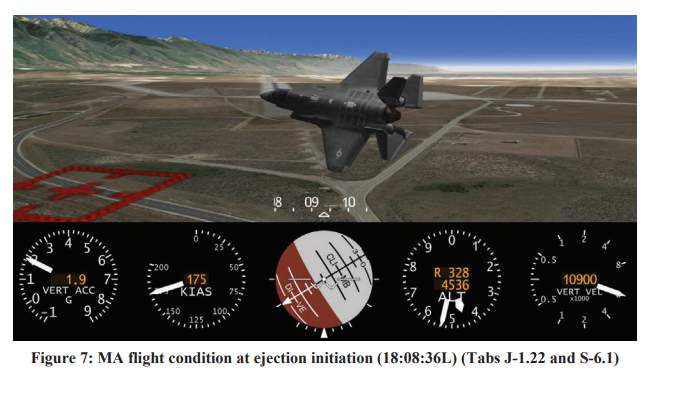
A graphic shows the F-35 losing control before crashing at Hill AFB, Utah, in October 2022.
Credit: U.S. Air Force
An F-35 lost control and crashed while on approach to Hill AFB, Utah, because it flew into wake turbulence from another Joint Strike Fighter, causing the aircraft’s air data system to provide incorrect inputs—a problem compounded by the pilot not following wake turbulence procedures, a U.S. Air...
Subscription Required
This content requires a subscription to one of the Aviation Week Intelligence Network (AWIN) bundles.
Schedule a demo today to find out how you can access this content and similar content related to your area of the global aviation industry.
Already an AWIN subscriber? Login
Did you know? Aviation Week has won top honors multiple times in the Jesse H. Neal National Business Journalism Awards, the business-to-business media equivalent of the Pulitzer Prizes.





